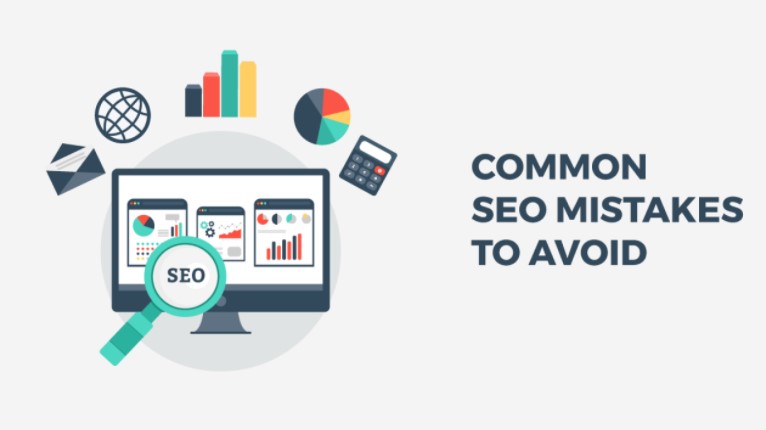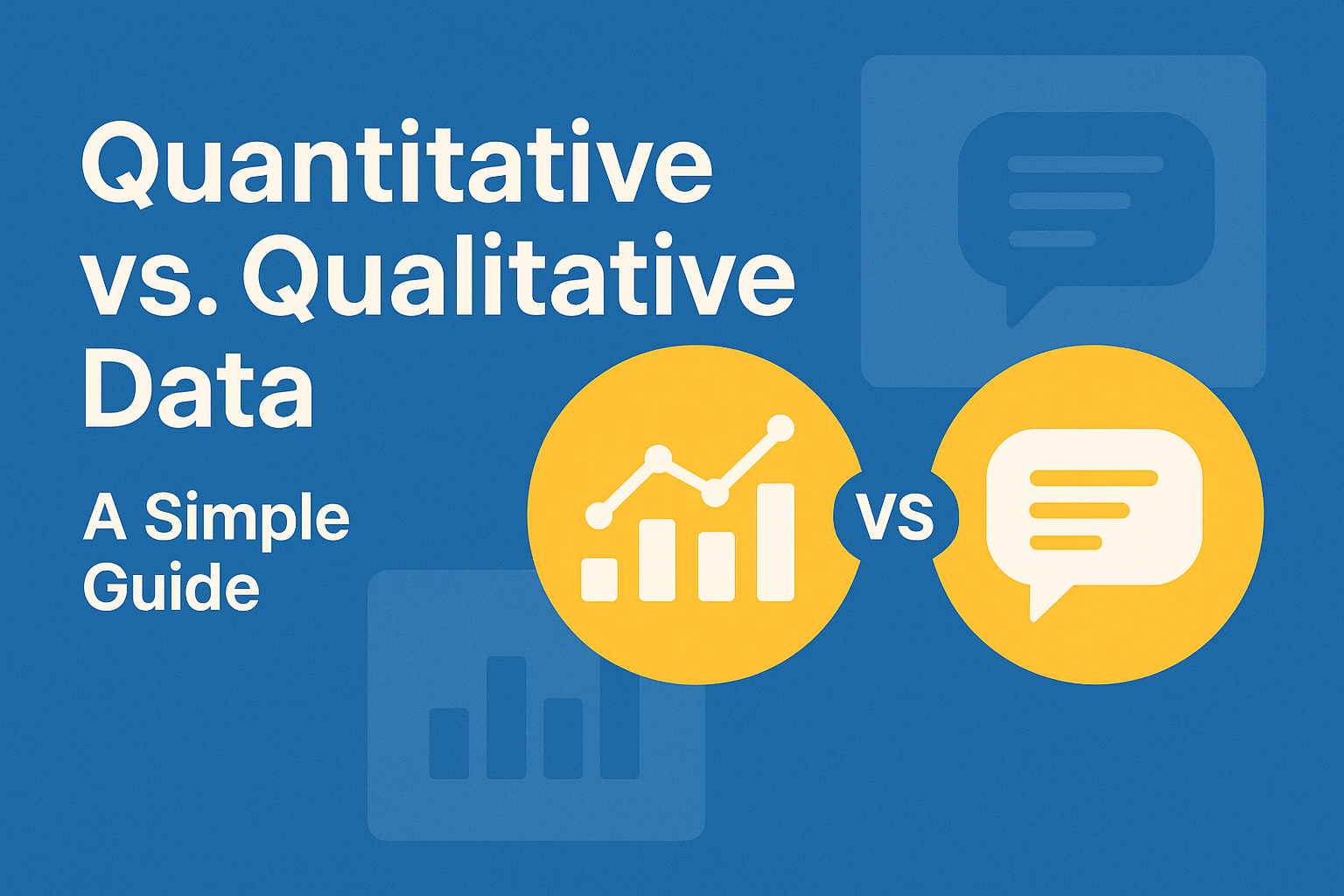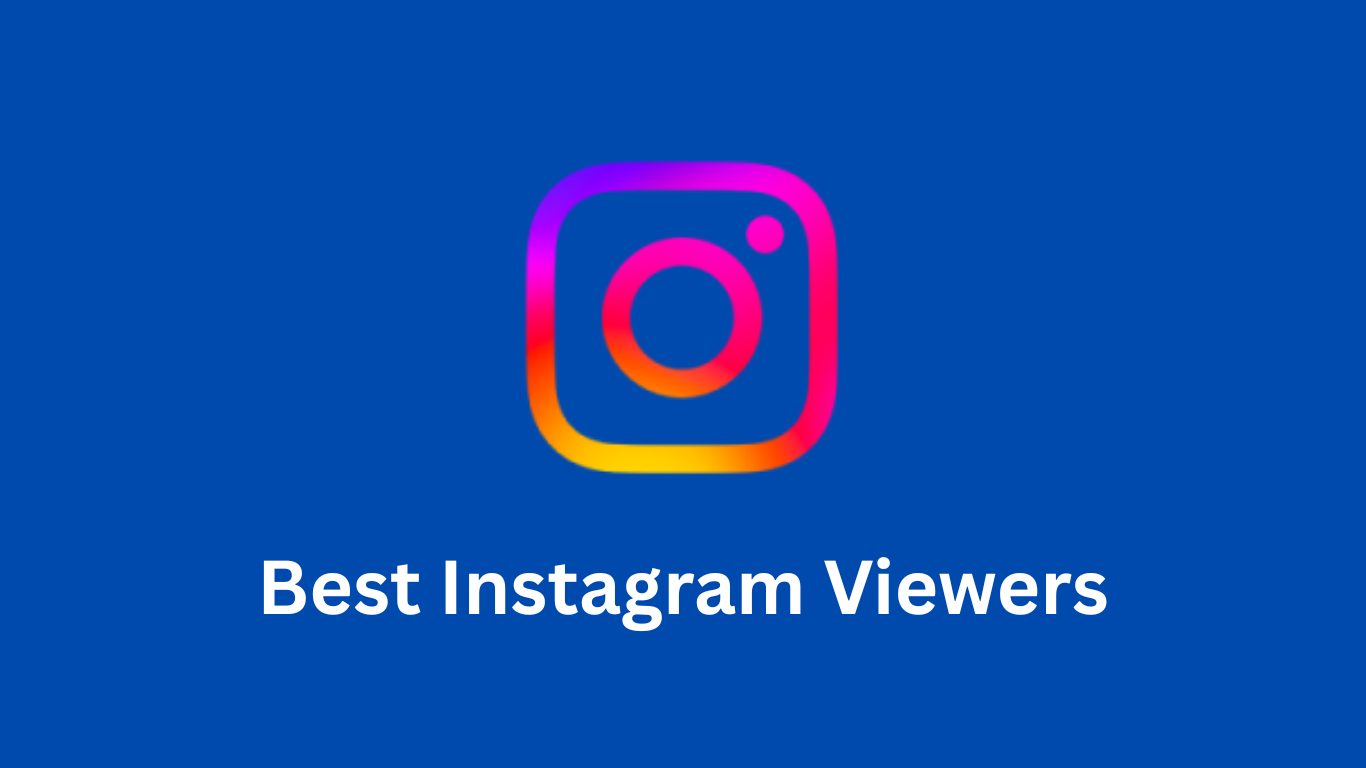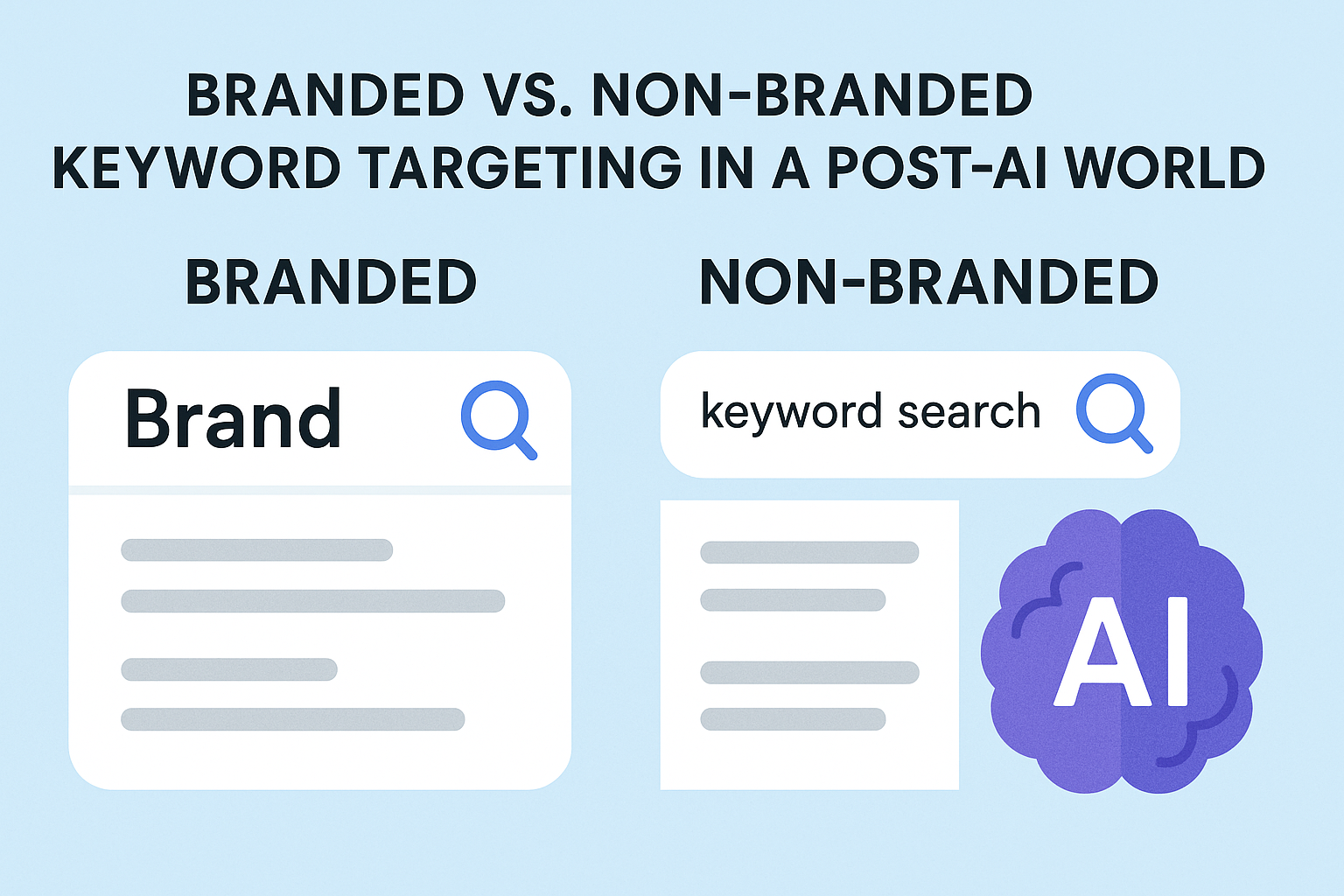Today, SEO is one of the most active aspects of online marketing. You will see which keyword variations increase indexation, which ones improve rankings, and which don’t. While it is not always changing, there is also far too much inaccurate & incorrect information out there. As a result, staying on top of the most recent SEO best practices is essential for preventing any potential missteps.
Here are a few frequent mistakes you should strive to avoid as much as possible:
Most Common SEO Mistakes You Need To Avoid
1. Ranking For The Wrong Keywords
All of the text on your page is examined by Google’s robots, trying to figure out what a human searcher wants to view. Even if you compose content with your ideal keywords in mind, every phrase you put is indexed alongside the search phrases you desire. So what could be causing you to rank for the wrong keywords?
Although you utilize the best keywords in your content, every phrase you employ gets indexed with your desired search phrases. Plus, you are up against millions of other websites, and Google will try to figure out what the searcher is looking for. One strategy for dealing with this problem is periodically ranking for unusual keywords rather than common ones and looking for nearly synonymous keywords.
The other way to gain high rankings for frequent keywords is if the material available is not very good and you are not paying much attention to the topic. You could have constructed a secondary topic that has little to do with your central theme. It’s also possible that your emphasis was too broad or diffused.
2. Using Black Hat Methods
Black hat approaches are shady acts that are done with the sole purpose of deceiving search engines and manipulating the system. The goal is to attain a high ranking in a short amount of time by using deception and algorithm exploitation.
Grey hat tactics are merely methods that have not yet been banned. They may be okay for the time being, but don’t expect them to stay that way for long. Backlink purchasing, cloaking, Structured data abuse, and keyword stuffing are some of the most frequent black hat techniques. Buying links is by far the most popular black hat practice of them all. It is also a very risky strategy, as Google considers it a ranking system manipulation. Purchasing links is forbidden and will result in severe consequences. Despite its widespread popularity, it is one of the black hat practices you should avoid.
You may have used the black ghat practices in the past, both accidentally and knowingly, and this may have resulted in a Google manual penalty. Now you know some of the black hat practices so double-check to see whether you have already been sanctioned.
3. Lacking in Keyword Research
Ignoring keyword research is still a common blunder. First, conduct keyword research to see whether the keyword has sufficient search volume. Next, double-check that you are not optimizing for a single term. Having something of a major keyword or phrase is always a smart idea. You can, however, add a secondary keyword or even a few synonyms and rank for them as well. Naturally, you should avoid highly competitive keywords. Always conduct keyword research on your competition; a simple Google search will indicate who you are up against. If you are up against much larger, more established websites, you should usually seek a less competitive keyword. Neglecting this typical blunder by targeting many keywords and not avoiding keyword research is a surefire method to avoid it.
4. Failing to Attract the Audience
Usually, our meta titles and descriptions are included in the metadata. Because Google still considers the meta title one of the ranking factors, we optimize it for each page. If possible, try to include our keyword in the title as close to the beginning as possible without sounding forced, and make sure our page title isn’t too long. Google does not currently have a recommended page title length, but the best practice for an ideal page title length is 50-60 characters, including spaces. Keep in mind that if our page title is too long, it will be cut off. We don’t want potential visitors to see only half of our page title in the search results.
Although meta description is not a ranking criterion, it does influence our click-through rate (CTR). It is easy for potential visitors to determine that the content strategy they are seeking is on the page if we improve our meta descriptions with a clear and attractive message telling them what they may find on our site. The more people who believe our page will answer their search query, the more visitors it will receive.
5. Not Complying with Search Engine Changes
In search engine optimization, there is no such thing as a one-size-fits-all solution. A superb optimization technique a year ago can be useless now. The meta keywords tag played a significant role in obtaining higher ranks; however, it is now completely obsolete. So, why do these algorithms adjustments take place? The explanation is simple: Google and other search engines are always working to improve the quality of their search results. They must also keep up with the times. They know that SEO professionals are hot on their tails, attempting to decipher all of the algorithm’s secrets. It is not easy to keep track of all the changes and upgrades to the search engines. You should hire a specialized optimization expert if you do not have the time or energy to keep up with the latest SEO and digital marketing developments.
6. Broken Links
You will be in trouble with your users and search engines if you don’t update broken pages. Your visitors will quit your website, and your bounce rate will suffer. Check internal or external links is not a problem when there are not too many of them, and double-check that they all connect to working websites. When there are too many links connecting to pages all over the internet, difficulties develop. In that situation, you are better off using an SEO tool created exclusively for monitoring your links. Overall, what counts is that you are aware that links need to be maintained.
7. Forgetting Website Speed
The next SEO blunder to avoid in 2022 is site speed, which we want to add. The faster our site loads, the higher it will rank in the search engine page results. We must improve our site speed to keep our sites at the top of the search results. You can use tools to check the performance of your website, and tools provide an overview of what has to be done to improve the speed of a certain page. Optimizing our images is an easy modification that will make a great difference in the loading speed of our pages. The look of large photos is fantastic. They are used to giving a good first impression, but they can take a long time to load, making our website slower than it has to be. Our images can be resized to reduce the time it takes to load. Deactivate any plugins that are not being used.
8. Neglecting Content
Many website owners and bloggers struggle to create great content, which is another SEO blunder to avoid. It is critical that every page on our website has good content and is at least 500 to 600 words lengthy. The search engines require sufficient material to determine our page and deliver the answers visitors are looking for. We must always remember that the search engines are not our intended audience; we must write for our actual visitors, not merely for the search engines. Because the objective of a search engine is to organize all available information and provide the best possible responses for each query, generating high-quality content for our audience is the way to go. Writing great content is really important to show our expertise.
9. Low Customer Retention
Another SEO blunder to avoid in 2022 is failing to keep people on our site once they arrive; our next goal is to keep them there. We don’t want our visitors to hit the back button as soon as they’ve finished reading the page they have arrived on. This is why we must encourage people to explore our website. Create a call-to-action, typically a button that prompts visitors to take a specific activity. A ‘purchase’ button on a product page, or a ‘sign up’ button for newsletters, are examples of this. Don’t go overboard with buttons; instead, strive to have one primary CTA that sticks out from the rest of your page and include one or two internal links to other fantastic stuff on our site. This is a vital aspect of SEO and should be included in our marketing efforts. Internal links help site visitors and search engines understand what pages are related to one another, useful when looking for information on a specific topic.
10. Not Tracking Performance
Regular check-ins are necessary to determine what’s working and what is not, as well as where you should spend your energy. Tracking your SEO progress is the only way to understand how your strategies affect your rankings, or your website performs in vertical rankings. So the SEO audits of your site’s success in vertical searches, overall conversion rates, and performance reviews on Google can help you determine whether you should stick with your current strategy or change it entirely.
Conclusion:
A content strategy that provides content relevant to their target audience is the key to improved marketing results. Tracking your progress gives you a strategic advantage in identifying achievements and flaws in your SEO approach and gives you access to analytical tools to help you improve. Knowing which landing pages receive the most traffic is critical for determining structural improvements. Adhere to SEO best practices can help you avoid performance-related issues and position yourself for long-term success as a content marketer.
Ravi is a digital entrepreneur who has a vision of helping businesses by increasing their online presence in terms of Websites, Applications, and SEO. He is the Founder & CEO of Webomaze Pty Ltd, a One-Stop Digital Agency based in Melbourne.








